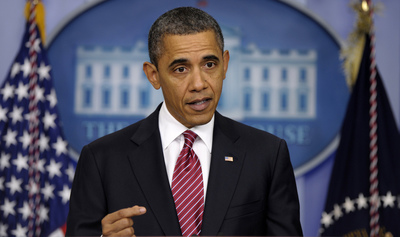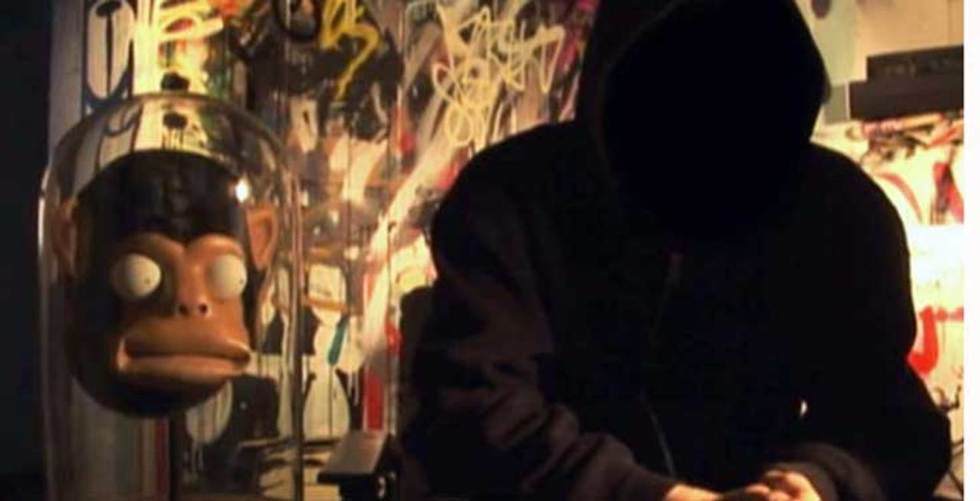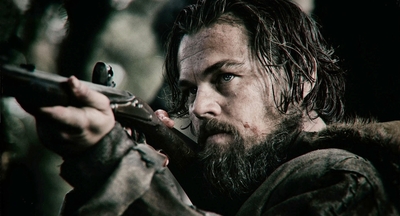
BY MIKE LEE |
Bond Strategy and Influence: Marketing Through The Social Graph
Word of mouth can make or break a film. Three tips on getting your film into "the conversation" in social media.

Today, the most important question a film marketer can ask is: “Is my movie showing up in people’s social media feeds?”
This post orginally appeared on PSFK.

Credit: Bond/Strategy and Influence
More than keeping us connected with friends, family and colleagues, our social graph acts as a media filter and cultural curator. When news about a new movie reaches us on Twitter or Facebook, it must first go through the filter of being shared by someone we already know and follow. Today’s reality is that if that if someone we know doesn’t share a great four-star movie review in the New York Times, it simply doesn’t exist.
Because of social networking, EVERYONE is a marketer. We’re now sharing content and creating influence to a larger set of peer groups than ever before. The social filter is the key for individuals to manage the deluge of content that now exists on the Internet. Without social tools to help filter what’s relevant to us, the Internet lacks meaning and context for the individual.
For the film industry this means that the “talent” themselves are the new journalists and critics. Movie publicists are now pitching their own industry executives to tweet about new films to their social media followers instead of just pitching the usual press outlets. This represents a shift away from top-down attention tactics, where a few traditional media outlets are the audience gatekeepers, and toward a bottoms-up approach where generating social conversation is the key.
The social graph not only carries a message to your audience, but it’s also much more authentic. The people in your social circle have much more influence over which movies you “have to see,” and capturing the attention of your audience’s social graph is now a crucial part of a film campaign.
To market films like Exit Through The Gift Shop and Senna, we first looked at who our early champions were and then at who they were following on Twitter and Facebook,. We honed in on what was actually making it through the social graph filter and reaching this group of early fans. We learned which celebrities they were following. We saw which journalists and media outlets they were loyal to. This told us whose opinions they trusted the most.
What we found was that these sources were not the same mainstream outlets that most studios continue to cater to. They weren’t the New York Times or The Today Show. They were a series of very small, but highly influential, niche blogs, websites, and Twitter feeds. Only by looking at what was making it through the social filter, could we then understand and build our campaign around the psychology of our audience.
This approach not only led to an incredible amount of word-of-mouth, but it also had a huge impact on the box office. Both Exit Through The Gift Shop and Senna quickly became two of the most successful theatrical openings for an independent film all year, with almost no traditional advertising behind them.
But how does a film “become part of the conversation” in social media? For something to make it through the filter of our social graph it truly needs to become part of the cultural zeitgeist. To do this, it needs to feel like a natural movement, not a branded campaign.
What do filmmakers need to do to make this happen?
1. We need to become great storytellers and today most marketers aren’t. Rather than wait until a few weeks before a film opens to seed a message, we need to engage our early champions much earlier through Facebook and Twitter and let them join the journey with us. Becoming more transparent with how a film moves from idea to execution gives the audience a deeper sense of why this film exists.
Films that don’t tell the “why” story for an audience are becoming commoditized and are rarely the films that have maniacal fan bases. We’ve learned from films like Senna and Exit that when you give early champions the right tasks and tools, they will do the work for you. They will recruit fans to go to the theater. They will create content to amplify on social media–you just need to involve them in the story and give them the “why.”
2. We need to engage and, at times, provoke. We need to create campaigns that are as gritty and as authentic as the films themselves. We need to rely less on impression based banner ads and more on engaging our audience. No one has ever shared a banner ad on their Facebook wall. What people do share are the things that seem authentic and unique, not something that’s part of a giant marketing machine.
3. We need to give early champions social capital and reward them for being associated early with the film. We need to create social objects that are lo-fi and easy to share. We need to give those not-in-the-know a reason to see it. Everyone has influence and everyone wants to prove that they bring value to their friends/followers. Film marketers can tap into this innate influencer need by giving them great things that they can pass onto their audiences.
Today, too many of us fail to notice that the only opinion that matters is the opinion of the audience. Unlike other products that have tangible and quantifiable features—the megapixels in a camera or horsepower in a car, for instance—there are no objective measures for people to base their judgment on for a film. Megapixels and levels of horsepower are quantifiable. But at the box office, a “Tom Cruise film” is not always a “TOM CRUISE FILM.”
Films only have word-of-mouth to prove their value, and today that word-of-mouth happens not only in real life, but also in our digital social graph.

